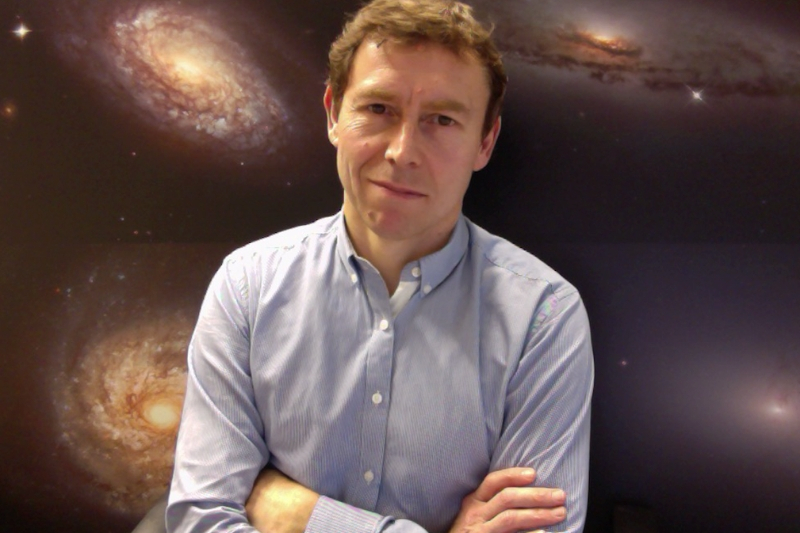Queen’s to collaborate with international partners on major European Southern Observatory project
Queen’s University Belfast is collaborating with international partners to build and operate a new cutting-edge instrument for the European Southern Observatory.

Queen’s University Belfast is collaborating with international partners to build and operate a new cutting-edge instrument for the European Southern Observatory.
This innovative instrument, known as Son of X-shooter or SOXS, will study the transient and ever changing Universe, including exploding stars, dangerous asteroids and sources of gravitational waves.
SOXS will be installed on the European Sothern Observatory’s 3.58-metre New Technology Telescope at the La Silla Observatory in Chile.
Work on the instrument’s design has been underway since 2017, meaning that SOXS could be installed at the La Silla Observatory as early as 2020.
Professor Stephen Smartt from the School of Mathematics and Physics, Queen’s University Belfast, who is the UK lead on the project said: “Queen’s has been awarded a grant from the Science and Technology Facilities Council to design and build the software for this state-of-the-art new instrument.
“The consortium will run the instrument in a novel way, as we will schedule and operate the telescope remotely. The telescope is in Chile but we will trigger the observations from Europe on a daily basis. At Queen’s we will build novel infrastructure to enable all of this.”
Queen’s will be collaborating with The National Institute for Astrophysics, Italy; the Weizmann Institute of Science, Israel; Universidad Andrés Bello & Millennium Institute of Astrophysics, Chile; the University of Turku & FINCA, Finland; Tel Aviv University, Israel; and the Niels Bohr Institute, Denmark on the project.
Professor Smartt continues: “What sets this piece of equipment apart is that it is very sensitive to a very wide range of light - from the ultraviolet to the near infrared. Usually instruments can only react to one type of light, but our instrument does it all.
“In addition we are changing the way the New Technology Telescope operates so we can respond in minutes to the most exciting new discoveries from space telescopes and gravitational wave sources.
“Another critical aspect is that we will be able to process data rapidly from many other telescopes to find the new transients in the sky and then to coordinate both space and ground based telescopes. In the Queen’s Astrophysics Research Centre, we are experts in finding and studying asteroids in our own solar system and the most energetic explosions in the Universe.”
Dr Colin Vincent of the Science and Technology Facilities Council said: “STFC-UKRI has invested in the most ambitious sky survey ever built, the Large Synoptic Survey Telescope, which will survey the entire southern sky from Chile, beginning in 2022. We look forward to SOXS enhancing the scientific leadership of the UK community in the Large Synoptic Survey Telescope. By following LSST discoveries, it will significantly add to ESO’s capabilities in time-critical and multi-messenger science.”
Featured Expert

Media
Media inquiries to Jemma Greenlees at Queen’s University Communications Office T; +44 (0)28 9097 5821 E: j.greenlees@qub.ac.uk.